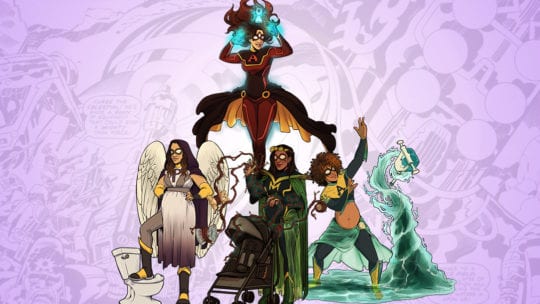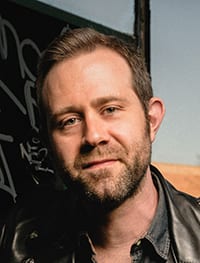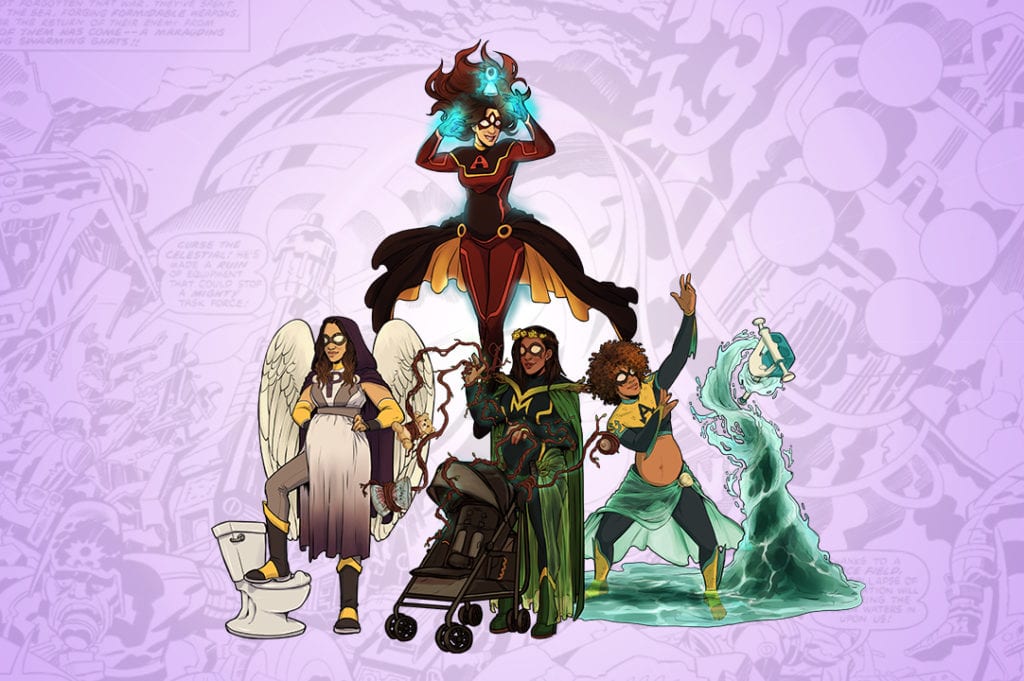
[Editor’s Note: Adam Ritchie, principal, Adam Ritchie Brand Direction, has a radical approach to PR he calls Invention-First PR. We asked him how and why it works.]
PRNEWS: What is Invention-First PR?

Principal
Adam Ritchie Brand Direction
Adam Ritchie: An invention-first approach is an audacious yet rational application of PR. The generation before us fought for a place at the table. We’re...inventing a table.
Invention in PR means coming up with a compelling product or service, as conceptualized and filtered through the lens of a PR pro. It uses the same knowledge, skills and abilities PR pros have applied for years.
It springs from the fact that PR lives or dies based on the success or failure of the products and services it supports. In addition, Invention-First PR corrects the unfairness of PR being evaluated on something over which it rarely has input. PR often stands at the end of the product conveyor belt and reactively waits for whatever falls into its hands.
What Invention-First PR doesn’t always require is an extraordinary investment of money or time.
An example is the pairing of Aeronaut Brewing Company with indie band The Lights Out. The invention was TRIP, an album on a beer can. The music was finished previously and the beer took the same amount of time any beer would take to prototype, brew, package and distribute.
PRNEWS: How many people get involved typically?
Ritchie: You don’t need an army to pull this off. You need a PR team member to drive the process, a head of marketing or CEO you’ve helped to fall in love with the idea and a product team member to bring it to life...The rest is production, packaging, content and promotion as usual. Except by now you’ve loaded a silver bullet into the chamber.
PRNEWS: How long does it take from ideation to finished product/service?
Ritchie: An Invention in PR doesn’t even need to be a physical product. It could be digital. IKEA created Soffa Sans, a typeface. Memes consumers made with their online sofa planner was the inspiration.
It could be a 3D rendering...Look at The M.O.M. Squad with Summer Infant – a team of pregnant comic book superheroes. The products existed but needed a set of avatars based on real-life women to unify them. Some of the most effective inventions in PR make headlines without ever reaching tangible form. So, to answer your question, the amount of time needed varies.
Anything can be a source of inspiration. It can come from consumer frustration, like Reese’s Candy Converter, which transformed unwanted Halloween candy into Reese’s Peanut Butter Cups.
Or it can come from consumer humor, like Fruit of the Loom’s Pillows for Posterity, which took funny things kids said...and turned them into throw pillows. It can come from consumer passions, like the House Wine & Cheese-It Box, for National Wine and Cheese Day.

PRNEWS: Do you have examples where one party, a company or an influencer, balked at the process?
Ritchie: Sell-in isn’t always guaranteed. You can run a concept through multiple brands before finding one that acknowledges its potential. Even after the deal is done, the project can be nixed. There was a case with two marketing VPs from household name brands. They were ready to build something unique, and just before the parts were ordered, one of the brands got cold feet. Internal marketing decision-makers aren’t always enough. To guarantee the project, you need buy-in from the very top.
When you’re working with influencers to create a product, design a scenario that lets them be the heroes of their own stories. In their world, as in ours, prestige can be more valuable than dollars. If you can offer them a credibility boost along with an opportunity to use their platforms to do good in the world, they’ll be more inclined to say yes.
PRNEWS: So how do you suggest someone get started?
Ritchie: Ignore everything you’ve done. Start with a blank sheet of paper. Think about what you’d like to see the organization [you’re representing] do. What’s the unexpected but strategically sound thing? What’s the brave thing?
Then ask, ‘What can you make that doesn’t exist – either real or virtual?’ Don’t think about target media; think about experimenting with a medium. Don’t mine for the news nuggets; look at the world like a television series where you get to write a character for it in the shape of your client. Stop shooting to make news; start aiming to make history. You have that chance every time you step up to the plate.
No sense of ownership compares to conceiving an effective product that people love. It’s something every PR professional should experience at least once, and some of the most fun you’ll ever have at work.
The only limit to what you can invent is your imagination and ability to attract collaborators willing to hear you out. It’s not art for art’s sake. When you get it right, it’s a celebration of our craft that changes what’s real.
If we see ourselves not as storytellers of what exists, but as authors of what might be, it will help prevent PR from being marginalized as a mouthpiece, and raise its value as a creative engine worthy of greater respect.
CONTACT: adam@aritchbrand.com
